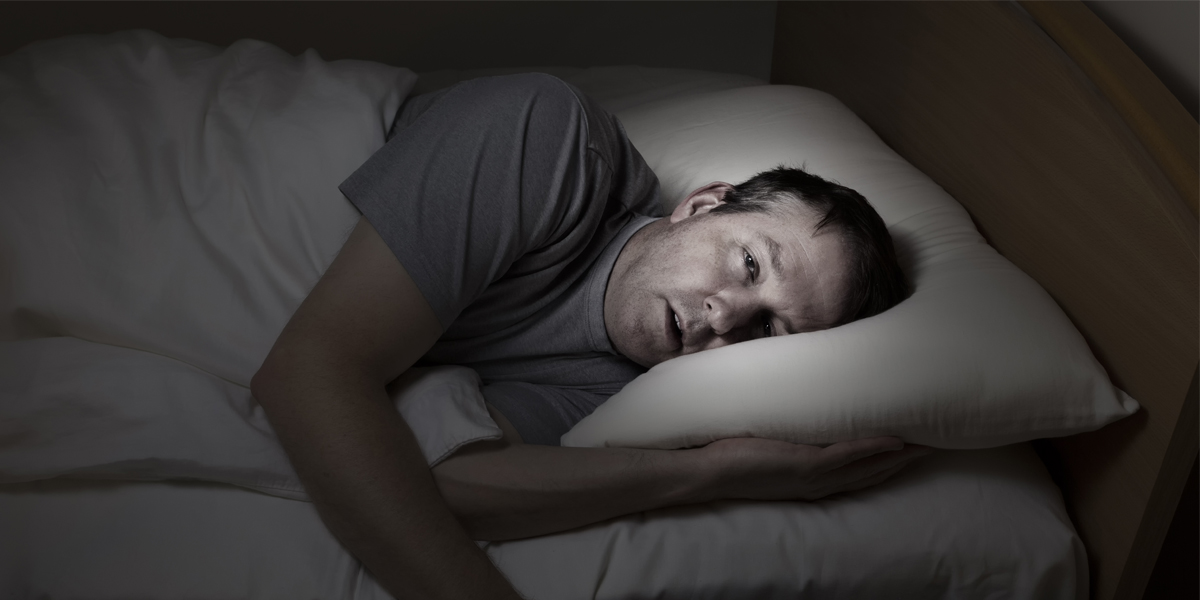Sleep apnea is a common sleep disorder that affects millions of people in the United States. Awareness about sleep apnea has grown dramatically in recent years, which has led to more than 22 million Americans being diagnosed with the disorder.
There are several different kinds of sleep apnea and Central Sleep Apnea (CSA) is a rarer form. With all forms of sleep apnea, you temporarily stop breathing while you sleep. But with CSA, you stop breathing because your brain doesn’t send the proper signals to the muscles that control your breathing. Just like it sounds, this is a serious condition and when untreated, can be fatal.
This is in stark contrast to Obstructive Sleep Apnea (OSA), which occurs due to a physical obstruction which prevents proper breathing at night. OSA is the common form of sleep apnea while CSA is rarer.

What causes CSA?
CSA is often caused by some type of underlying condition that is affecting your brain stem. Here are some of the most common causes of CSA:
- Cheyne-Stokes Breathing
This is an abnormal type of breathing; it’s characterized by patterns of increased breathing, followed by decreased breathing. During the weakest points, airflow can come to a complete stop. Cheyne-Stokes is commonly associated with heart failure or strokes.
- Drug-Induced
CSA can also be caused by using certain medications which cause irregular breathing. They can increase, decrease, or temporarily stop your normal breathing patterns. Medicines to watch out for are morphine sulfate, oxycodone, and codeine sulfate.
- High-Altitude
Cheyne-Stokes breathing can be triggered by exposure to very high altitudes. The sudden change in oxygen levels can also cause you to hyperventilate or under breathe.
- Complex Sleep Apnea
Occasionally, people with Obstructive Sleep Apnea can develop CSA while undergoing CPAP therapy. Complex Sleep Apnea is a combination of Obstructive and Central Sleep Apnea.
Who is at risk for CSA?
Central Sleep Apnea is a fairly rare condition but there are certain factors that will put you at higher risk for developing the sleep disorder. The most common risk factors for CSA are:
- Old age
CSA is more common in elderly adults over the age of 65. This may be because they have underlying medical conditions which either cause or contribute to the sleep disorder.
- Heart problems
Patients with atrial fibrillation or congestive heart failure are more likely to develop CSA.
- Exposure to high altitude
If you are suddenly exposed to high altitudes that you aren’t used to, you are more likely to develop CSA. The good news is that your breathing patterns should return to normal once you are back at a lower altitude.
- Opioid Use
Using opioid medications can increase your risk of developing CSA.
- CPAP
CPAP therapy is a wonderful resource for patients that suffer from sleep apnea. But occasionally, people with Obstructive Sleep Apnea can develop CSA while undergoing CPAP therapy, causing something called Complex Sleep Apnea.
- Sex
Men are at higher risk for CSA than women.
- Stroke or brain tumor
Both conditions can compromise the brain’s ability to regulate breathing, leading to an increased risk of CSA.
When should I see a doctor?
Just like with Obstructive Sleep Apnea, people with CSA will usually display many signs of the condition. The most common signs of CSA are:
- Insomnia
- Difficulty concentrating during the day
- Loud snoring
- Shortness of breath that gets better when you sit up
- Observed episodes of halted and/or abnormal breathing patterns while sleeping
CSA is a serious condition so you should contact your doctor if you think you are displaying any of these signs. Your doctor may suggest that you need to have a traditional sleep test in a laboratory, which is the only form of sleep test that can diagnose CSA. Leaving CSA untreated can lead to a number of problems that affect your health.
At best, you will likely experience fatigue throughout the day. In worst case scenarios, undiagnosed CSA can lead to cardiovascular problems which will be detrimental to your overall health and well-being.












